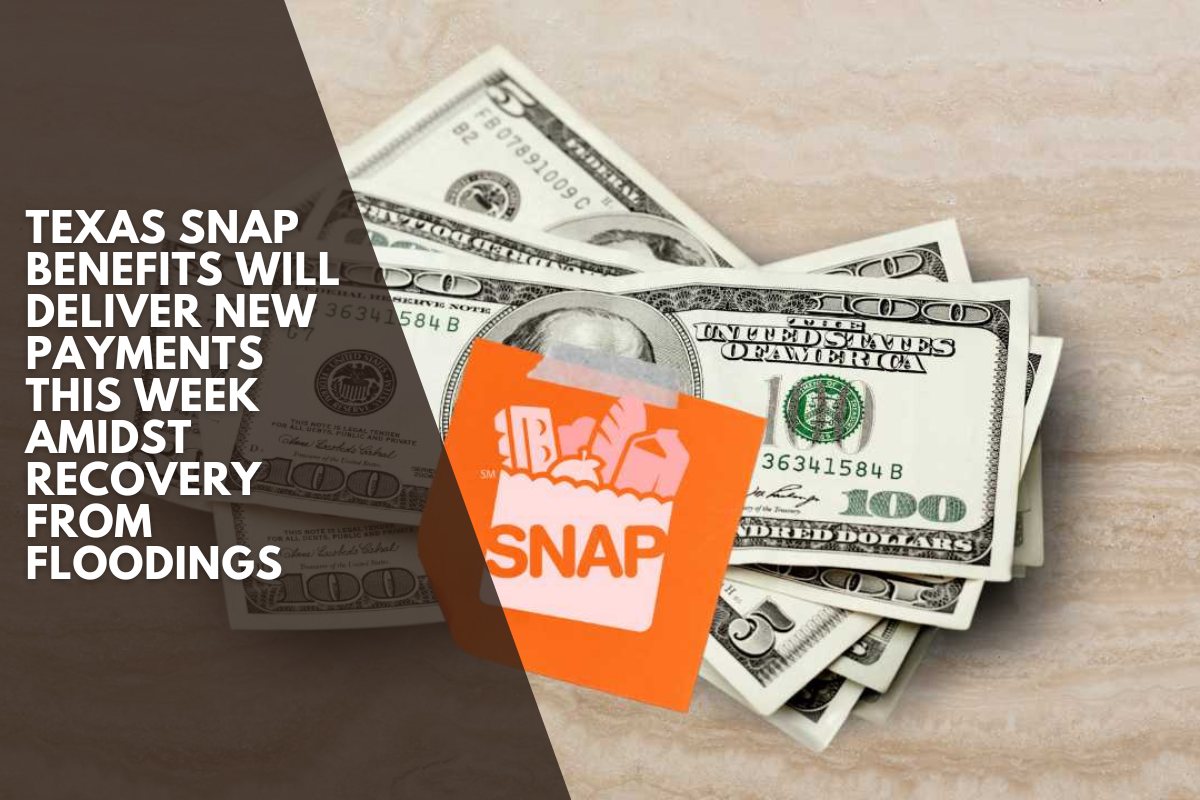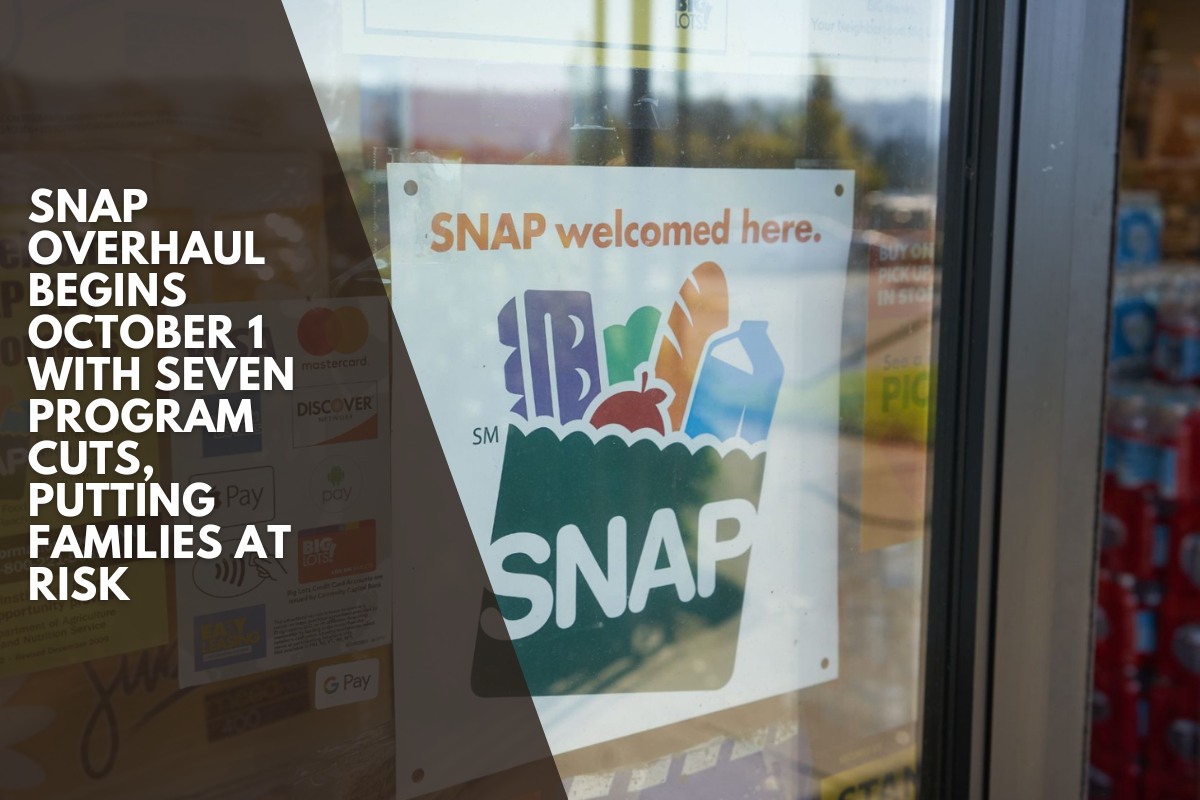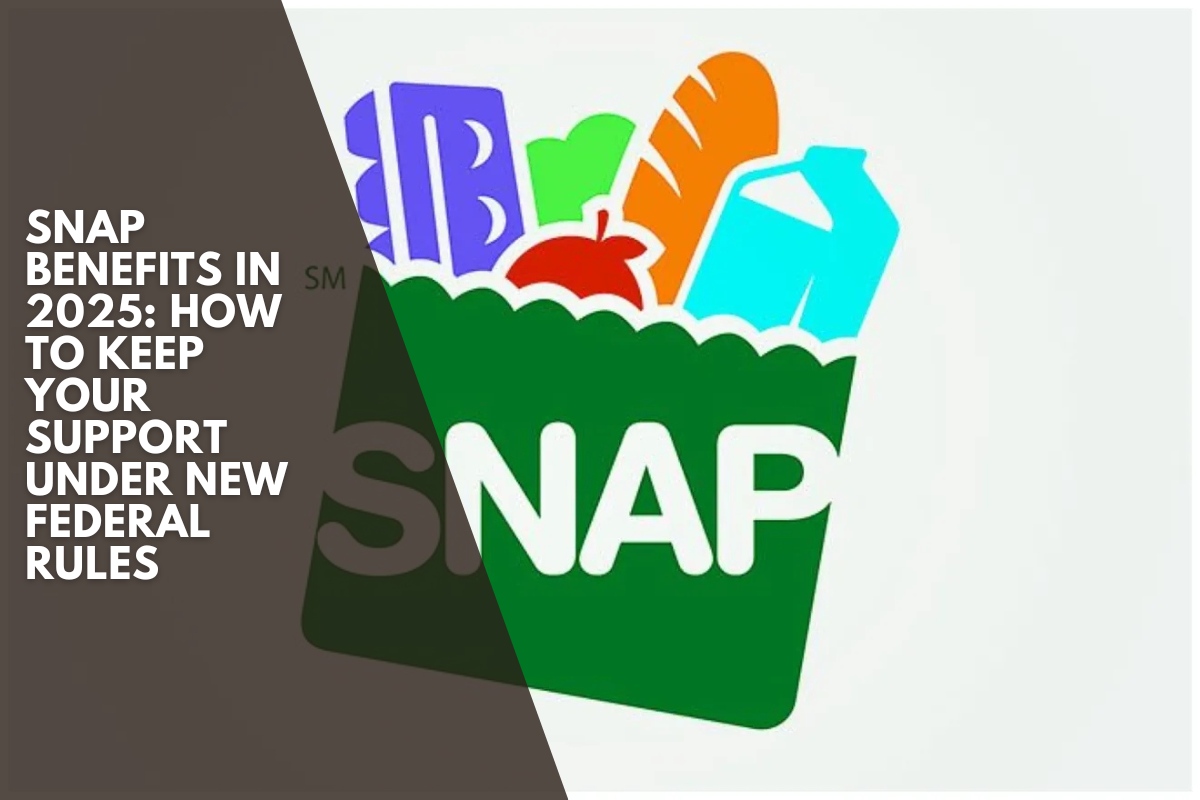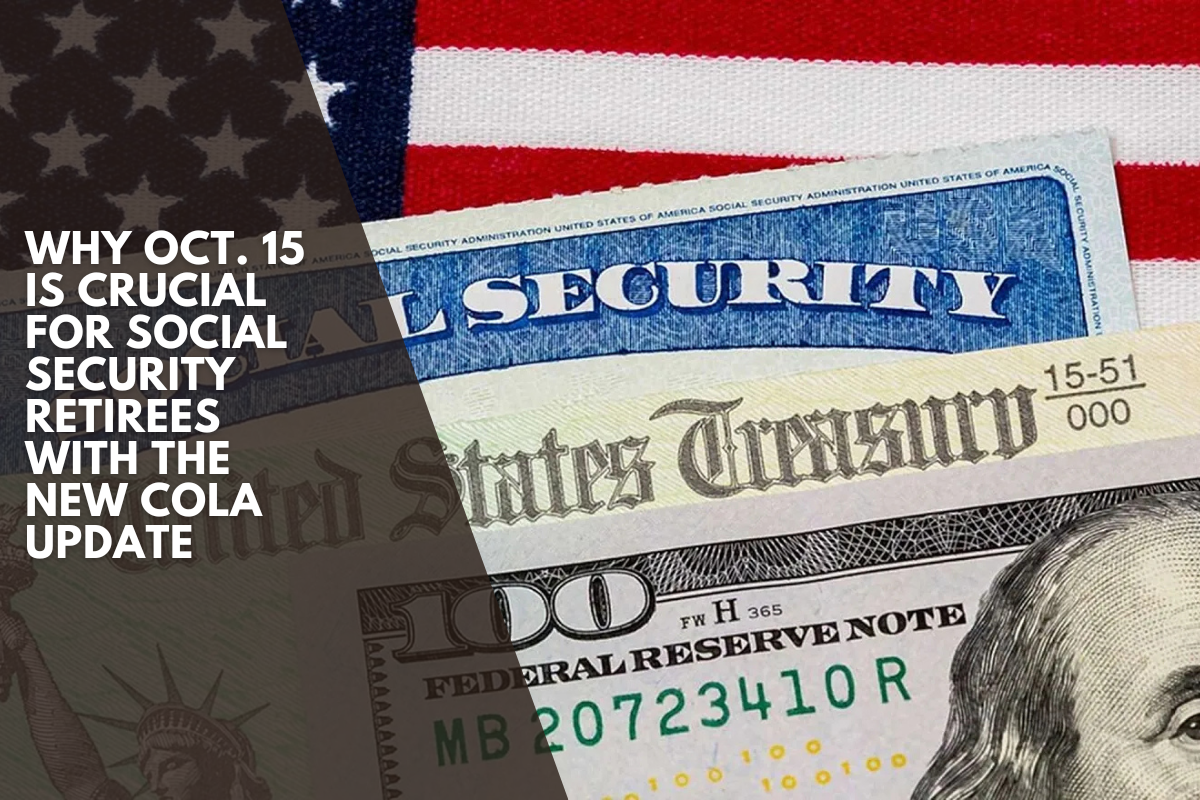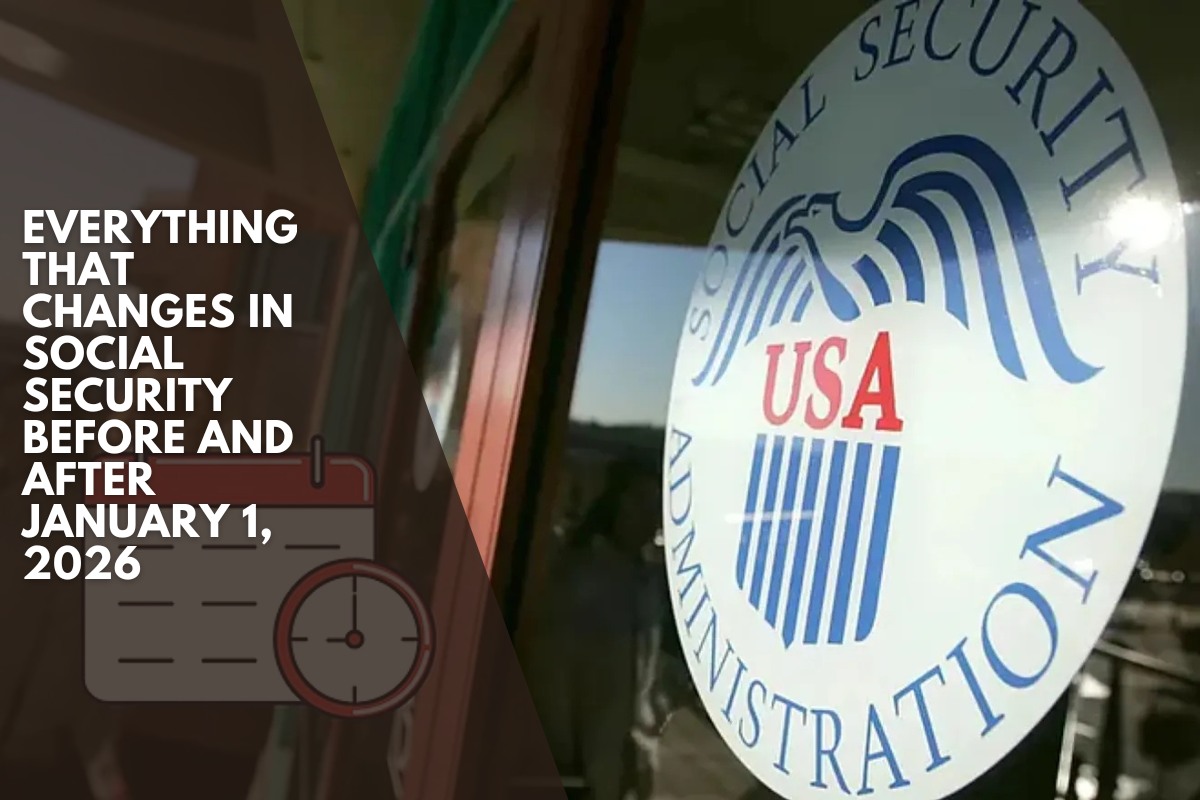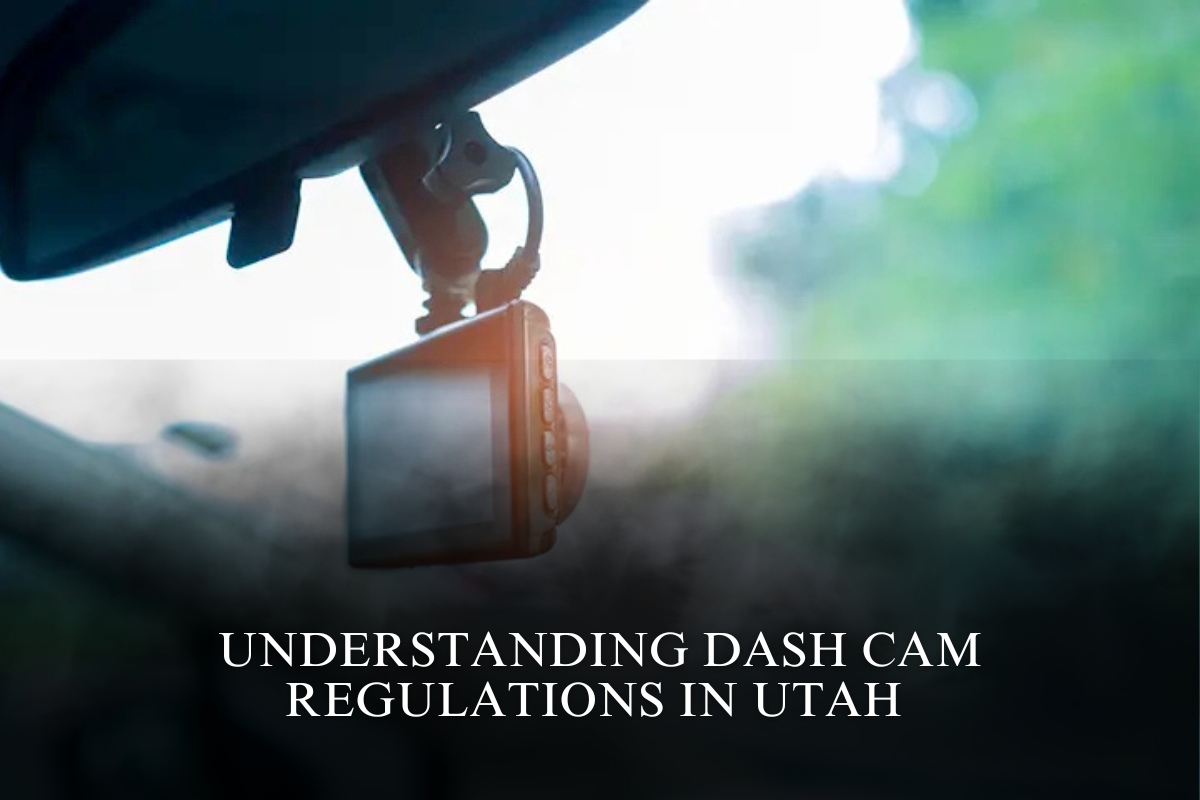Recent flooding has devastated parts of Texas, affecting thousands of families statewide. Many people are now experiencing unexpected financial strain while rebuilding. As families restock on necessities, SNAP benefits have become increasingly important. Understanding how these food assistance programs work is more important than ever right now.
Texas administers SNAP benefits through the Lone Star Card system. This EBT card works like a regular debit card but holds valuable food assistance funds. For flood-affected families, receiving these benefits as soon as possible can make a significant difference in their ability to recover.
Texas’ Lone Star Card (SNAP-EBT) is easily explained
The Lone Star Card is Texas’ version of the EBT card. At approved stores, you swipe it just like any other debit card. It manages both food benefits (SNAP) and cash assistance funds. Works anywhere that accepts EBT across the state, which is especially important during recovery periods.
After you receive your SNAP benefits Lone Star Card, download a mobile app such as Propel. Allows you to check your EBT balance instantly. Helps to closely monitor grocery spending and transactions. If you have a problem, call customer service at 1-800-777-7328.
In Texas, most food stamp applications are now submitted online. Those who prefer face-to-face assistance should contact their local office. The SNAP hotline (1-877-541-7905) is also available at all hours of the day and night.
To qualify for food stamps in Texas, you must follow certain rules. Income limits apply, but there is some flexibility following disasters. Official channels conduct eligibility checks. Local food banks can help with SNAP paperwork if needed.
Furthermore, you must renew food stamps before your certification period expires. For most Texans, that happens every six months. Online renewal via Your Texas Benefits saves time.
When the renewal date approaches, they will send out a reminder letter. A smart move? Also, mark that date on your kitchen calendar. Avoids unpleasant surprises later.
Case statuses in Your Texas Benefits mean different things:
Started: Renewal begun but not submitted
Submitted: Sent off for review
In review: Currently being checked
Reviewed: Evaluation completed
Approved: Benefits officially extended
In-person renewal for SNAP benefits in Texas
Folks wanting face-to-face renewal should contact their caseworker. Or ring their local office or SNAP line (1-877-541-7905). They’ll walk you through options.
Upcoming payment dates for Texas food stamps
Texas loads SNAP benefits during the month’s first 15 days. Your exact date? Depends on the last digit of your Eligibility Determination Group (EDG). There’s an official schedule online.
Households approved before June 2020 get funds between 1st-15th. The EDG number’s last digit sets your personal schedule:
Benefits ending in 9: 15th monthly
Benefits ending in 0: 1st monthly
Benefits ending in 1: 3rd monthly
Benefits ending in 2: 5th monthly
Benefits ending in 3: 6th monthly
Benefits ending in 4: 7th monthly
Benefits ending in 5: 9th monthly
Benefits ending in 6: 11th monthly
Benefits ending in 7: 12th monthly
Benefits ending in 8: 13th monthly
Troubleshooting missing SNAP deposits
If food stamps do not arrive this month, several issues may arise: Who is the first suspect? Pending annual renewal or six-monthly report. Log into your state’s benefits portal right away.
Check the “Notices” and “Messages” sections thoroughly. Missed reports generate alerts explaining the next steps. Did you get flagged for missing reports? You might need to restart your application. However, some states do accept late submissions. It is possible to recover benefits at times.
What if it shows as submitted but you see no funds
I sent a renewal, but nothing came? Could have missed the renewal interview. That phone conversation is usually required. Check your online portal or mailbox for notices.
Notices explain the rescheduling options. Additional documentation, such as pay stubs, household changes, or large expense updates, may also be required. Direct calls are the fastest way to resolve this issue.
Not eligible anymore: They will send an explanation. Processing delays occur, and offices become swamped following disasters. Typically, states receive no more than 30 days.
If it’s been more than 30 days, call your agency right away. If nothing fits, deposit dates may have shifted unexpectedly. This is rare, but system updates cause it.
